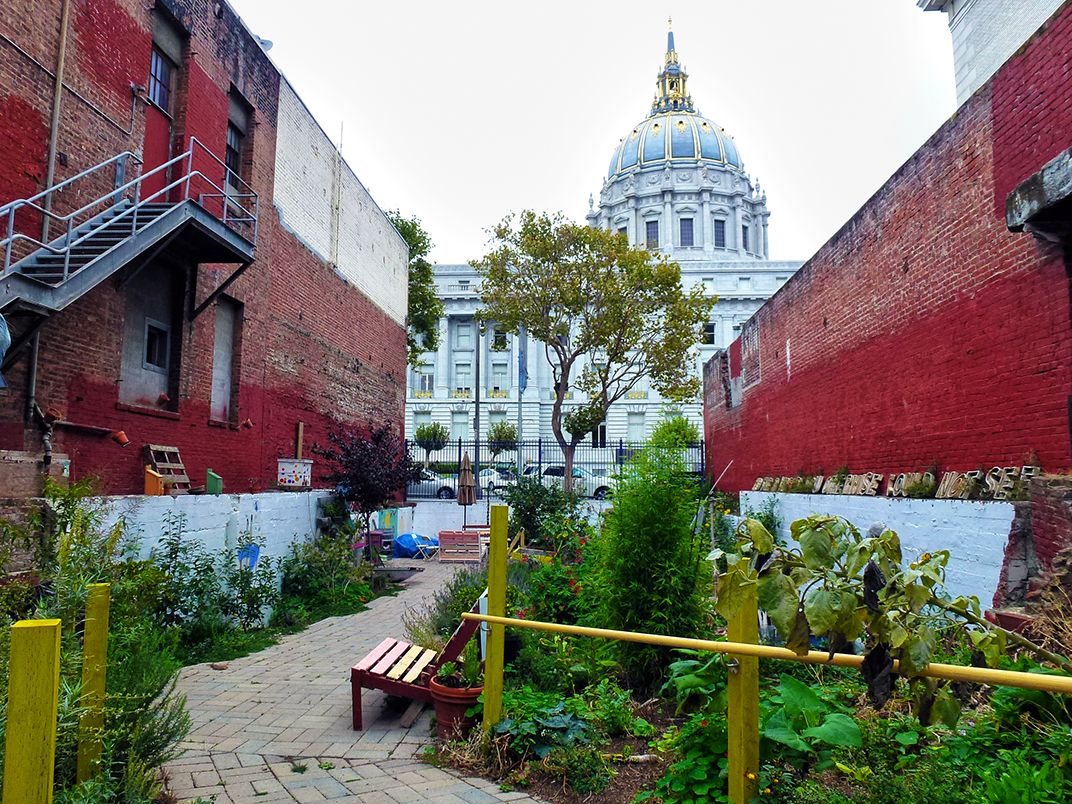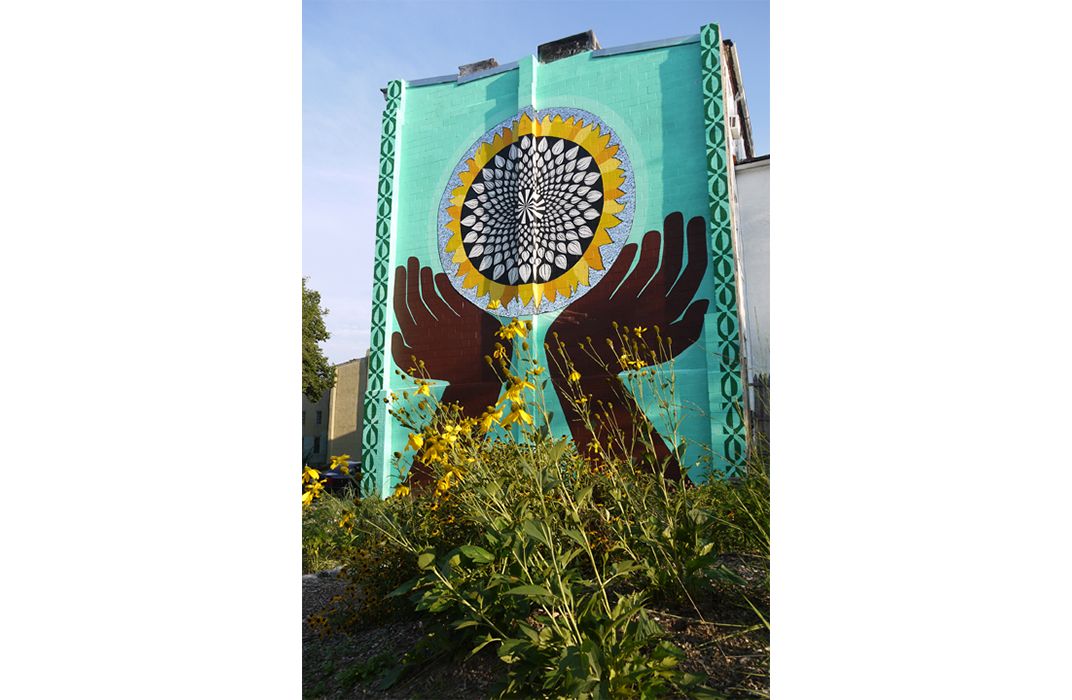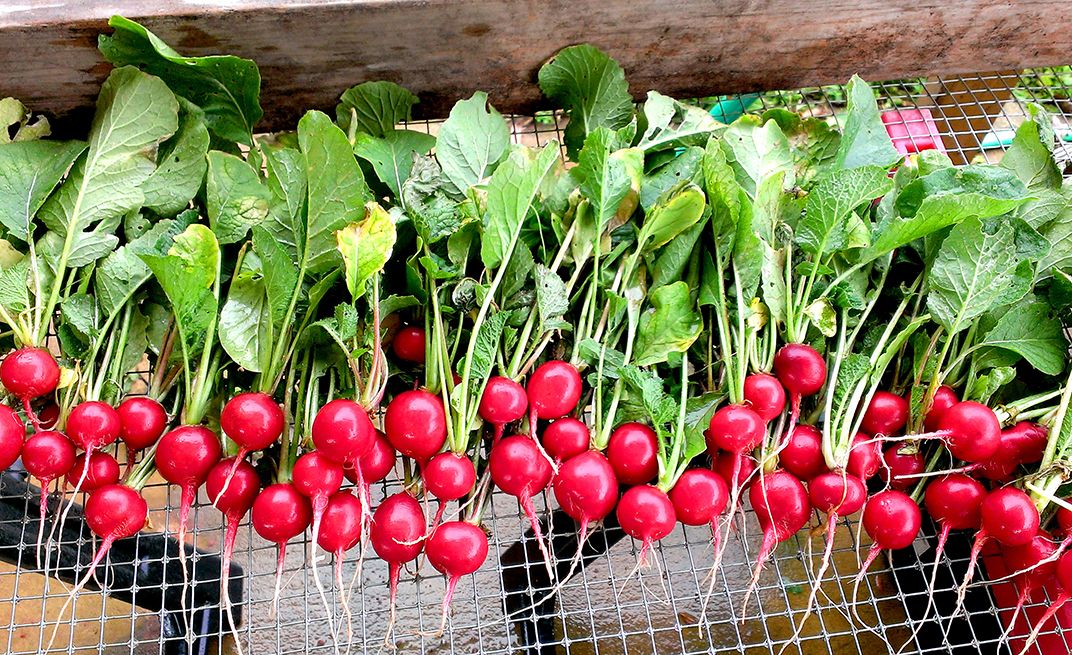Growing a Digital Garden Archive
The Smithsonian issues a call to preserve American garden heritage with a website that collects personal stories, photos, video and audio
/https://tf-cmsv2-smithsonianmag-media.s3.amazonaws.com/filer/79/8d/798dc6a6-8ba8-4200-abc1-a9c6fb5616c4/gandhigardenweb.jpg)
We are a nation of gardeners. Thomas Jefferson grew more than 300 varieties of plants at his Monticello home and like any dedicated gardener kept meticulous records detailing the triumphs (and failures) of his adventures in gardening. With every wave of migration to the United States comes new food products in the grocery store and new vegetables taking root in community garden plots. In the 19th century, Italian immigrants introduced artichokes to the United States. And in Providence, Rhode Island, the African Alliance Community Garden grows vegetables that are unfamiliar to New Englanders, but are reminders of home to new residents. Some gardeners experiment with the newest eco-friendly water conservation techniques, whiles others, such as A:shiwi (Zuni) gardeners, practice traditional dry-farming gardening methods fine-tuned over centuries for desert conditions.
Today, heirloom seeds originating from around the globe—or grandma’s backyard—can be purchased online and grown wherever we make a home. The Smithsonian Gardens Victory Garden at the National Museum of American History tells a story of citizens feeding their communities during wartime years, as well as a story of the diverse cultures that comprise the American people. In the summer ‘Carolina Gold’ rice, a traditional crop from the Carolina Lowcountry, can be found growing only a few feet from ‘Corbaci’ sweet peppers, a hard-to-find heirloom from Turkey.
Small gardens and large gardens, community gardens and backyards, our diverse stories are part of a verdant quilt of gardens growing across the country. Gardens tell us where we’ve been, and where we are going. They can tell us stories about how people in our communities lived in the past and articulate our cultural values in the present. So often our everyday stories—the dahlias bred by a great-uncle, the nursery owned by a family for generations, the hot peppers grown as a reminder of a faraway island childhood—are lost to the historical record, and therefore lost to future generations.
Community of Gardens is our answer to the call to preserve garden heritage, its stories, traditions and all the regional and global influences that make up the American story of growing food and flowers. A digital archive hosted by Smithsonian Gardens, in partnership with our Archives of American Gardens, Community of Gardens is created by you. It is a participatory archive that enriches and adds diversity to the history of gardening in the United States and encourages engagement with gardens on a local, community level. The website uses a multimedia platform that supports images, text, audio and video. Visitors can add their own story to the digital archive, or explore personal stories of gardens from around the country.
To contribute a story to the digital archive visit the “Share a Story” page on the Community of Gardens website to sign up for an account. Once you have set up your account you may then add a written story and photographs. If you’d like to add video or audio files to your story email them to [email protected]. You will hear from a Smithsonian Gardens education staff member within a few days, and your story will be posted on the website usually within 3 to 5 business days. Once you have shared a story, share another story, or encourage your friends and neighbors to do the same.
We are looking for any story about gardens and gardening in America—even stories of Americans gardening abroad. Here is just a sampling of the stories we are looking to include in Community of Gardens:
- What’s growing in your own backyard, or on your apartment balcony?
- What motivates you to garden and how did you get your start? How does gardening enrich your everyday life?
- Interview a neighbor or family member about their garden.
- Memories of gardens past. Do you have strong memories of your grandparents’ garden, or visiting a public garden that no longer exists? Gardens can live on in stories and images through the archive.
- Family history. This is a good opportunity to get out the photo albums and scan old family photographs. Are you a fourth-generation gardener?
- Community gardens—past and present.
- Did you immigrate to the United States from another country? How do your traditions and culture play a role in your garden?
- College and university gardens. Are you just learning to garden? Or are you teaching others to garden?
- School gardens. Involve your students in telling the story of their garden!
- Pollinator gardens and beekeeping. When was the first time you were stung?
- Americans gardening abroad. Are you a veteran or member of the Foreign Service? Did you keep a garden while living abroad? How did living in another country influence your garden?
- Sustainability and eco-friendly gardening. Do you love to compost? Or make compost tea?
- Stories of gardens committed to providing food access in urban areas. Do you grow food for others?
This summer as your garden grows, join us in preserving and growing the stories of our national garden heritage. What is your garden story?
This article was originally published April 15, 2015 on the Smithsonian Gardens Blog.
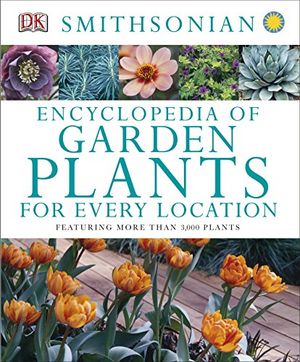
Encyclopedia of Garden Plants for Every Location
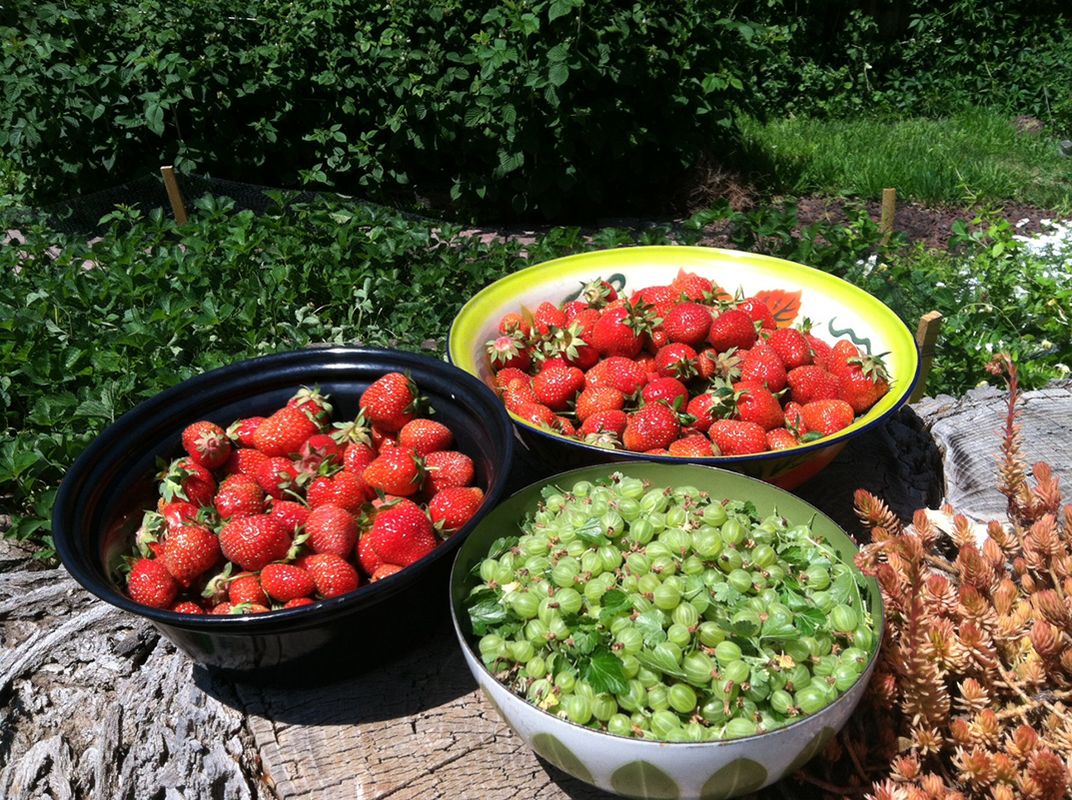
/https://tf-cmsv2-smithsonianmag-media.s3.amazonaws.com/filer/50/01/50015dd4-df26-4e14-9935-9ce7a6ab274f/grandmarosegardenweb.jpg)
